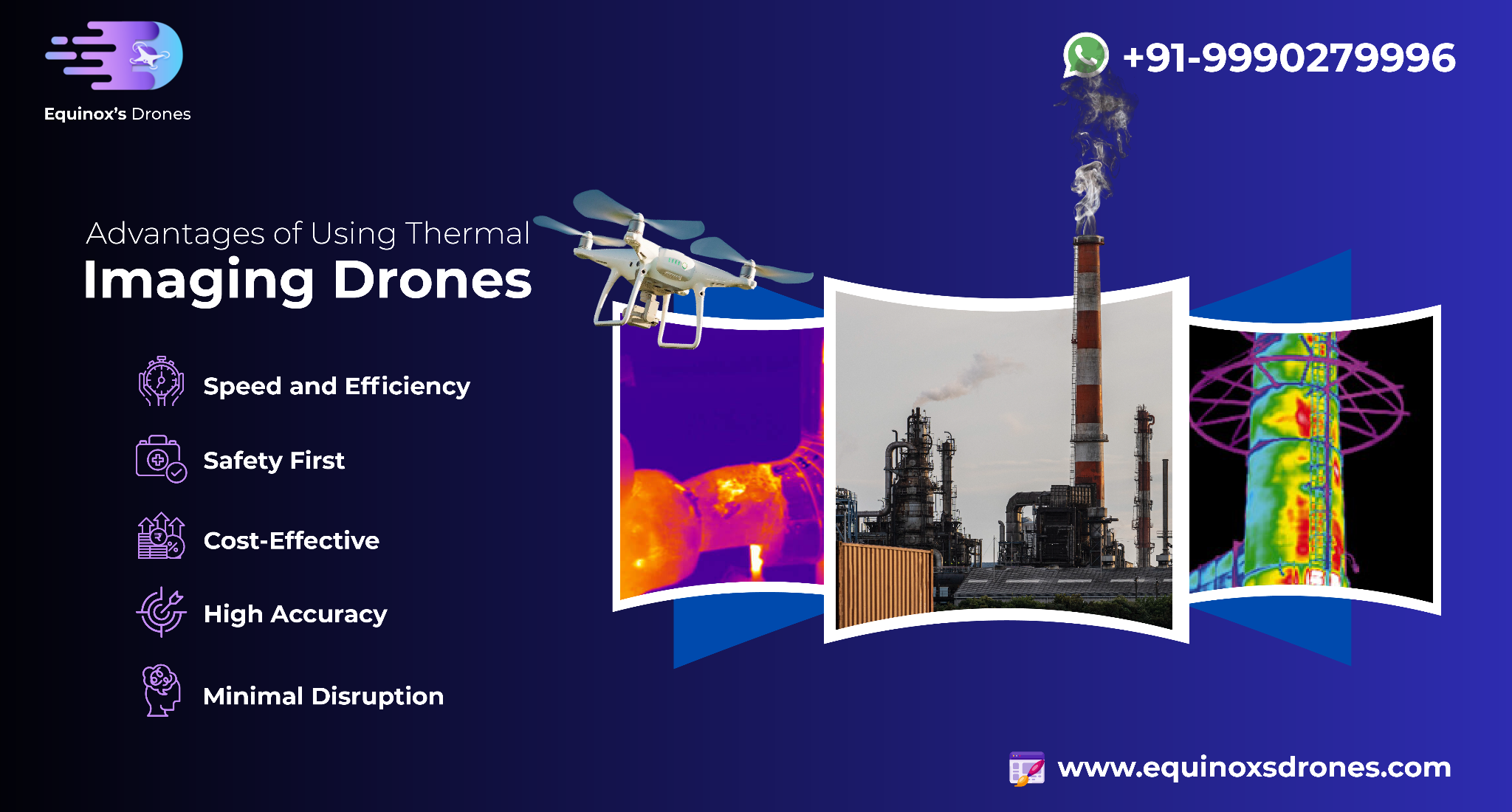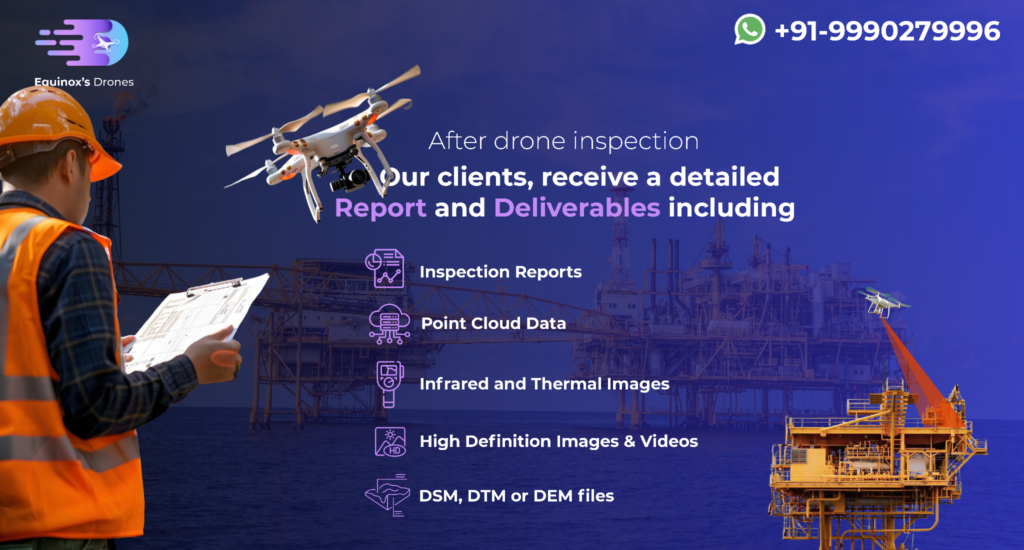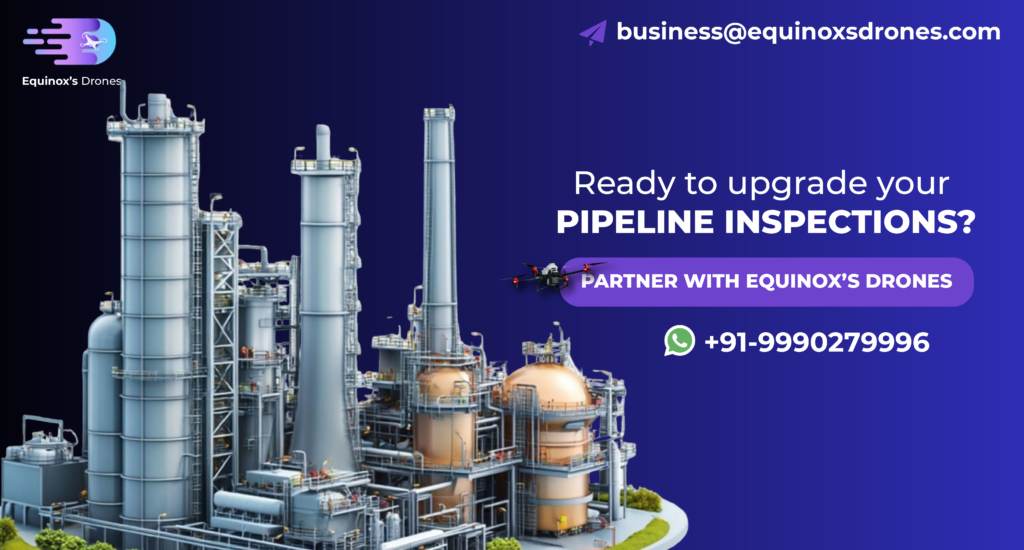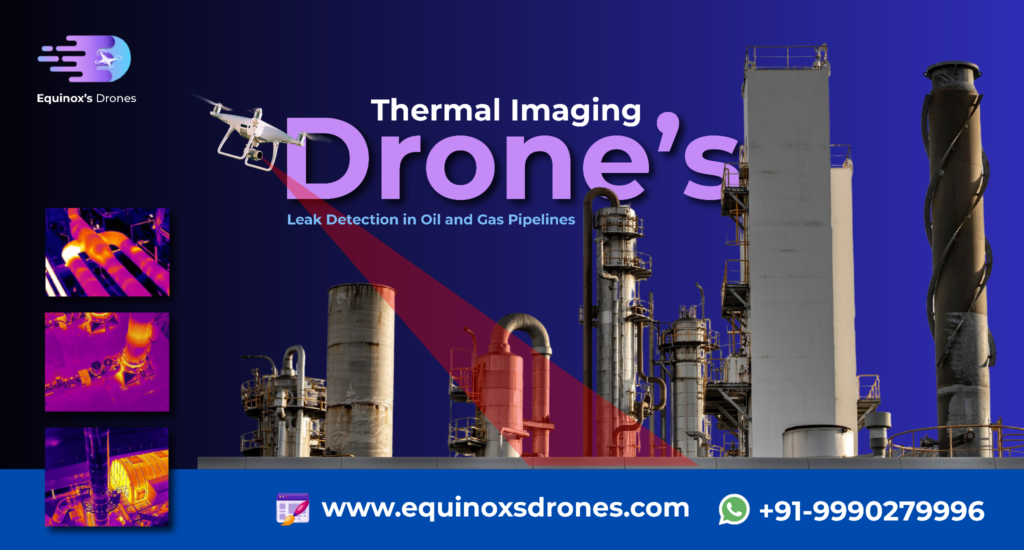Leaks in oil and gas pipelines aren’t just costly — they’re dangerous. Early detection is crucial to avoid environmental disasters, regulatory fines, and massive financial losses. In recent years, thermal imaging drones have emerged as a game-changer for the industry. Fast, efficient, and remarkably accurate, these UAVs are redefining how pipeline leak detection is done.
Let’s dive into how thermal imaging drones are reshaping the landscape of oil and gas pipeline inspection.
Introduction to Thermal Imaging Drones in the Oil and Gas Industry
In a sector where precision and speed are non-negotiable, thermal imaging drones offer a fresh perspective — quite literally. Equipped with specialized UAV thermal cameras, these drones can quickly identify temperature anomalies that signal leaks, structural weaknesses, or potential hazards.
Unlike traditional inspection methods, which often require manual checks or costly shutdowns, drones provide a non-intrusive, real-time solution, making oil and gas pipeline inspection safer and more efficient.
Importance of Leak Detection in Oil and Gas Pipelines
Pipeline leaks can have devastating consequences. From environmental damage to safety hazards and operational losses, the impact is wide-reaching. Swift and accurate leak detection not only protects the environment but also ensures regulatory compliance and safeguards a company’s reputation.
The traditional methods — while thorough — are often slow, labor-intensive, and sometimes risky. Drones bring a proactive approach to oil inspection and gas inspection, catching issues before they escalate into major problems.

How Thermal Imaging Drones Work
Thermal imaging gas leak detection relies on detecting temperature differences on the surface of pipelines. When a leak occurs, the escaping gas or fluid typically alters the temperature around the point of release. UAV thermal cameras pick up these variations, allowing operators to pinpoint leaks with remarkable accuracy.
Operators fly the drone over the pipeline route, capturing thermal data in real-time or storing it for detailed post-mission analysis. Some systems even integrate AI to automatically highlight potential problem areas, reducing human error.
Advantages of Using Thermal Imaging Drones for Leak Detection
1. Speed and Efficiency
Drones can cover miles of pipelines in a single flight, drastically cutting down inspection times.
2. Safety First
No need to put human inspectors in hazardous areas. Drones handle the risky parts, keeping people out of harm’s way.
3. Cost-Effective
Fewer personnel, quicker inspections, and minimal equipment setup mean lower operational costs compared to traditional methods.
4. High Accuracy
Modern UAV thermal cameras offer detailed, high-resolution imagery, ensuring even the smallest leaks don’t go unnoticed.
5. Minimal Disruption
Since drones work from the air, there’s no need to shut down operations during inspection, saving both time and money.

Challenges and Limitations
While promising, thermal drone inspections come with their share of challenges
- Weather Dependence: Strong winds, rain, or heavy fog can interfere with drone operations and thermal imaging clarity.
- Line-of-Sight Restrictions: Dense vegetation or complex infrastructure can sometimes block thermal views.
- Regulatory Compliance: Different regions have specific rules governing the commercial use of drones, especially near critical infrastructure.
- Calibration Needs: For precise results, thermal cameras must be carefully calibrated and maintained.
Despite these hurdles, advancements in drone technology continue to minimize these limitations year after year.
Thermal imaging drones are no longer just an innovation — they are quickly becoming a necessity for the oil and gas industry. Offering faster inspections, better safety, and improved accuracy, these UAVs are revolutionizing how companies approach pipeline leak detection.
As drone technology evolves, we can expect even more sophisticated solutions, making the inspection process smarter, safer, and more reliable. For companies willing to adapt, the benefits are clear — and the future is bright.

FAQs on Thermal Imaging Drones for Leak Detection
Can thermal imaging detect gas leaks?
Yes. Thermal imaging can detect gas leaks by identifying the subtle temperature changes caused by escaping gas or fluids.
How do you detect leaks in oil pipelines?
Leaks are detected using a combination of methods such as pressure monitoring, acoustic sensors, and increasingly, aerial inspections with thermal imaging drones.
What is the best drone for pipeline inspections?
The best drones are typically equipped with high-resolution UAV thermal cameras, GPS stabilization, long flight endurance, and AI-powered analytics. Models like DJI Matrice 300 RTK with Zenmuse H20T are popular choices.
What is the future of thermal imaging drones in the oil and gas industry?
The future looks promising with drones becoming more autonomous, integrating AI for real-time leak detection, and offering enhanced data analytics for predictive maintenance.
What regulations govern the use of drones for pipeline inspections?
Drone operations are governed by aviation authorities such as the FAA (USA), DGCA (India), and EASA (Europe). Operators must comply with regulations regarding flight permissions, pilot certifications, and data security when inspecting critical infrastructure.

